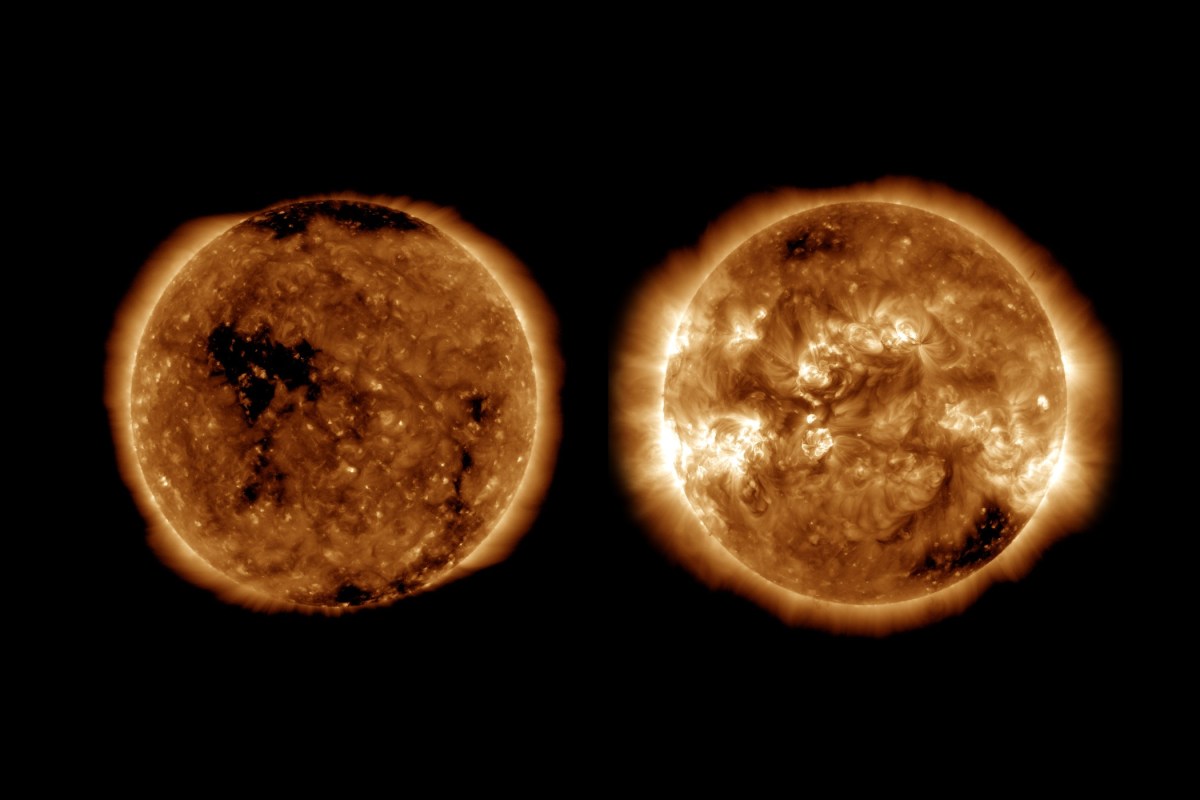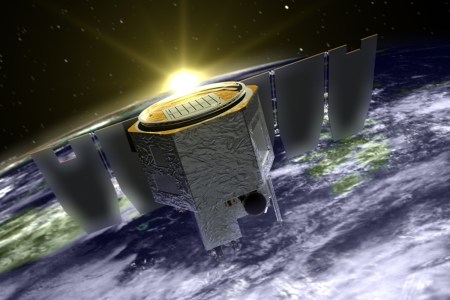The sun is a constant presence in our lives — both literally and figuratively. If it wasn’t, life on this planet would not exist. But the process of learning more and more about the sun is no easy task — and many of the leaps forward when it comes to solar knowledge that humanity has had in the 21st century come from a pair of spacecraft. They’re known as STEREO-A and STEREO-B, for reasons that will soon become apparent — and one of them is set to pass near Earth for the first time since they ventured into space 17 years ago.
NASA’s own announcement of the event explains just what it is that’s so significant about these two spacecraft. STEREO stands for “Solar TErrestrial RElations Observatory,” and each of the two spacecraft was set on a specific path through space so that NASA could get a sense of what the sun looks like in three dimensions.
In other words, as STEREO program scientist Lika Guhathakurta phrased it, before the launch of the two craft, “we were ‘tethered’ to the Sun-Earth line — we only saw one side of the Sun at a time.”
STEREO-A and STEREO-B were launched into space on October 25, 2006, and it took nearly five years for the two of them to line up on opposite sides of the sun. According to NASA, their orbits synced up on February 6, 2011, allowing a 360-degree view of the sun for the first time. Three years later, NASA lost contact with STEREO-B.
NASA Atmospheric Satellite Ends Run 16 Years After Launch
That’s a lot longer than expectedAs a Gizmodo article on the spacecraft notes, this week marks the first time since its launch STEREO-A has flown by Earth — and the data it’s been recording continues to be useful for scientists in getting a better understanding of the sun. And with new facts about the sun still emerging, it’s not hard to understand why the data gathered by STEREO-A remains vitally important.
Thanks for reading InsideHook. Sign up for our daily newsletter and be in the know.


















